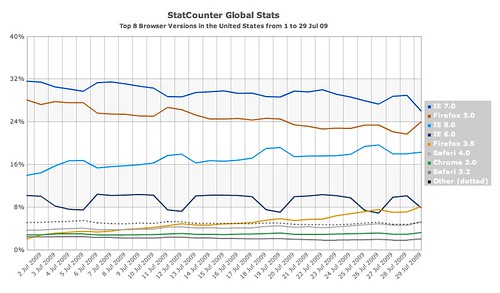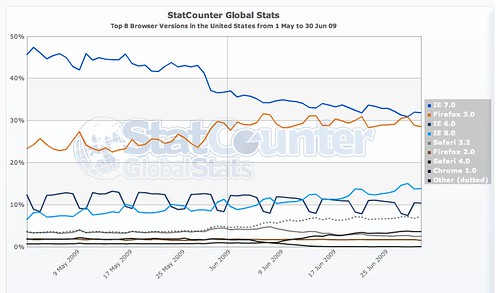 The hip new shiny thing for a new company is to position themselves as a service. Stepping back from the hype machine for a minute, can you really identify a service provider when you see one? Or are the companies that sell themselves as services are actually tools. And what differentiates a tool provider from a service provider?
The hip new shiny thing for a new company is to position themselves as a service. Stepping back from the hype machine for a minute, can you really identify a service provider when you see one? Or are the companies that sell themselves as services are actually tools. And what differentiates a tool provider from a service provider?
A tool is designed to deliver a single unique function, such as a hammer or Twitter. Yes, Twitter is a tool. It is designed to take customer input in a variety of formats and from a number of sources and blast that content out to a variety of other formats and destinations.
Twitter is the tool. The items that feed into Twitter could be other tools (Tweetdeck as an example), or they could be true services, such as Ping.fm. What separates these two?
TweetDeck is a tool that feeds input into Twitter, and helps you manage output.
Ping.fm takes your input, and sends it where you what, modifying the format appropriately and hiding it all from you. It took the complexity of a problem (How do I post to multiple social media sites simultaneously?) and delivered a service solution, not a tool solution.
The problem with tool providers is that the problem, no matter what it is, always is a great for their tool. All customer problems fit neatly into the boundaries of what they know, and can be solved by what they sell. Tweetdeck’s answer to helping you with Twitter is to give you more Twitter your way. But it doesn’t extend or build on Twitter to create something that is truly new.
Solution providers look at the customer problem and see something new. The team at Ping.fm took a look at their personal social media management issues and found a way to create a social media input service. FriendFeed and FaceBook looked at the social media world and created a social media output service.
While tools are cool and shiny, they inevitable face the “Hammer v Screw” moment. The point when the tool reaches the outer ability of it’s ability to be useful.
Having many different hammers isn’t the solution. Heck, throwing in a wrench and a screwdriver isn’t the answer either. You’re still just selling tools.
When you step back and think about your business, when you consider what you deliver to your customers, can you really say that you deliver a service that extends and adds value to the tools you have at your disposal, that you are providing to your customers?
Or does everything just look like a nail?







